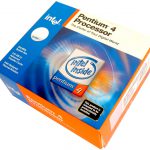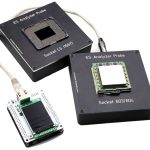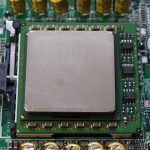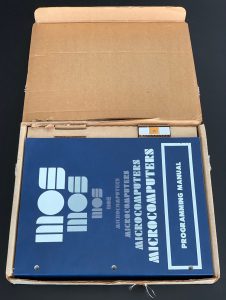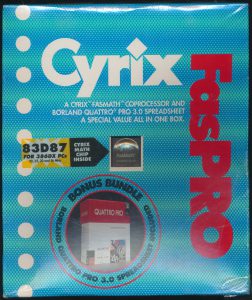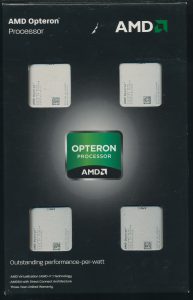Xeon Overclocking: Making Gallatin Gallop
This article is part of The CPU Shack’s continued partnership with guest author max1024, hailing from Belarus. I have provided some minor edits/tweaks in the translation from Belorussian to English.
If you still remember the times of the Pentium 4 running on Socket 478 with the Northwood, Prescott and Gallatin cores, then you should remember what about these processor cores were different from each other. Northwood was fast like a mountain doe due to a shorter 20-stage pipeline that allowed it to perform many operations very quickly without tremendous losses due to branch mis-predictions etc. , but inferior to Prescott frequency potential in overclocking, which in turn was as strong as a buffalo, due to twice the L2 cache memory(1M vs 512K) and finer tech process (90nm vs 130nm). But like any hoofed animal, it was not agile, to achieve the higher clock speeds its pipeline was extended to 31-stages, resulting in some cases, clock for clock out performing Northwood, But doing so at the expense of much heat.
 A separate niche in the food chain was occupied by “Gallatin”, which combined the properties of the two previous iterations, a shorter 20-stage pipeline, with the high clock speed of the Prescott, but in its arsenal it also had a very formidable weapon, which was the presence of an additional L3 cache of 2 MB. The price of ownership of this “beast” was high, and in the literal sense of the word, it was equal, like any other representative of the Extreme Edition series – $ 999. I resisted this extreme processor, choosing hero from AMD, the FX-51, which I consider to be one of the most outstanding processors of all times and peoples.
A separate niche in the food chain was occupied by “Gallatin”, which combined the properties of the two previous iterations, a shorter 20-stage pipeline, with the high clock speed of the Prescott, but in its arsenal it also had a very formidable weapon, which was the presence of an additional L3 cache of 2 MB. The price of ownership of this “beast” was high, and in the literal sense of the word, it was equal, like any other representative of the Extreme Edition series – $ 999. I resisted this extreme processor, choosing hero from AMD, the FX-51, which I consider to be one of the most outstanding processors of all times and peoples.
What could be better, cooler or faster? I’ve been looking for an answer to this question for a long time, until I became acquainted with the Intel Xeon server processors on Socket 604 and in particular with processors based on the Prescott 2M core, which have twice the cache size compared to their desktop counterparts and can run on ASUS production boards.
As everybody knows, it is the advanced desktop flagships of both processor manufacturers that originate from the server segment. So from the Opteron’s turned out the AMD Athlon FX-51, and from the Intel Xeon MP – the Pentium Extreme Edition. This parity of events has been preserved until now.
The server representatives of Intel Xeon processors on the Gallatin core are divided into two branches: Xeon MP (Gallatin) and simply Xeon (Gallatin). The differences are in the number of simultaneously supported processors in the system. So Xeon MP supported running up to four processors usual Xeon could be installed in servers only in pairs. There is also a difference in steppings of the processor core itself. Let me remind you that the desktop version of “Gallatin” were the M0 stepping, just like the regular Intel Xeon series.
The Xeon MP line, by contrast, is based on an earlier stepping from A0 to C0. Among the representatives of M0 stepping, you can find four Xeon models (Gallatin) with 1M of L3 cache, with frequencies from 2.4 GHz to 3.2 GHz, and one model with a doubled L3 cache to 2 MB, pretty much the same as a Pentium 4 Extreme Edition. This model gave rise to the first “extreme” Pentium.
Tags:
Gallatin, Overclocking, retroclocking, Xeon
Posted in:
Boards and Systems


